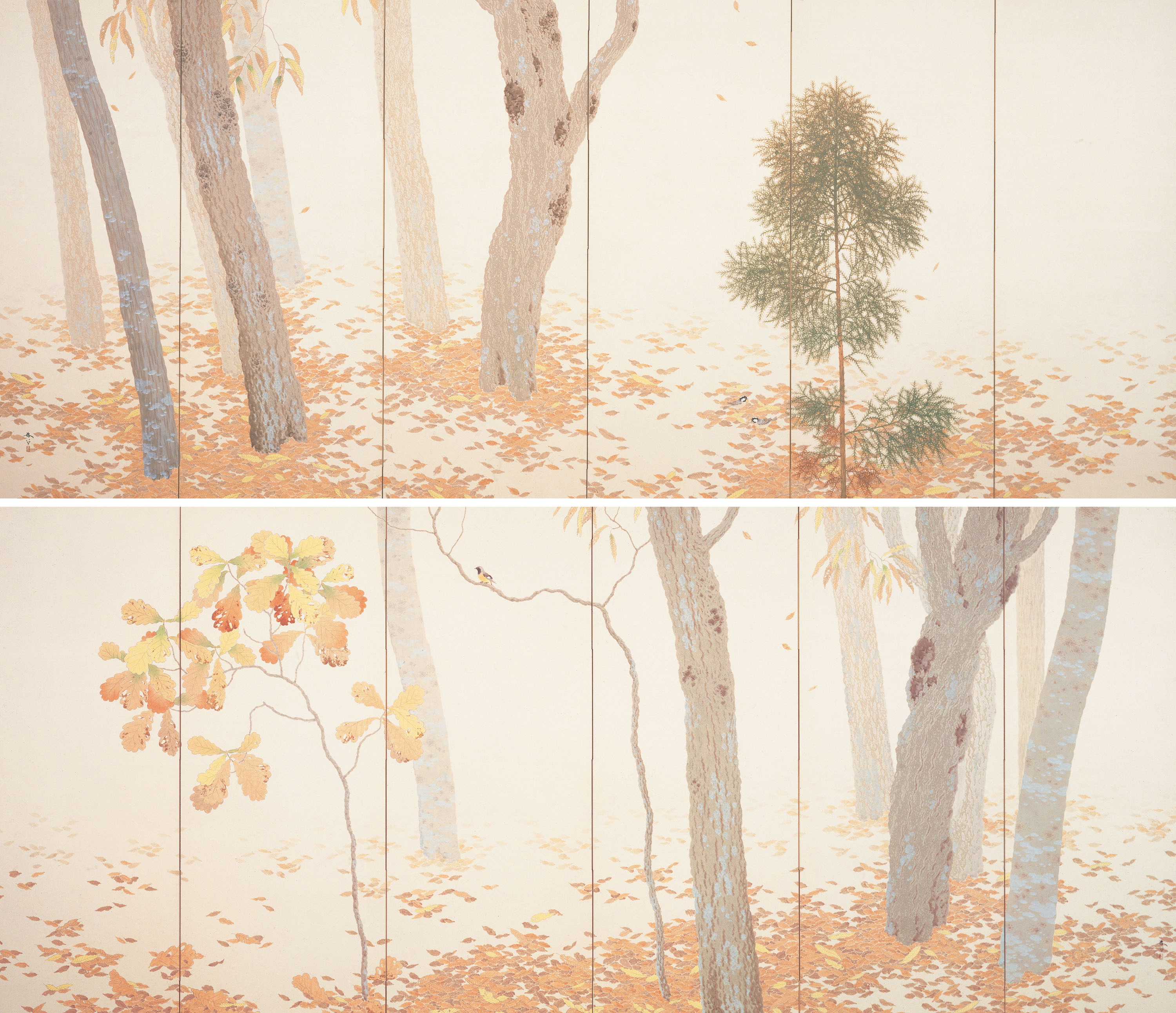It's no secret that the Japanese art world was going through major changes at the end of the 19th century. On the one hand, there was a flood of Western art styles, called yōga, offering exciting new possibilities, while, on the other, there was a reaction called nihonga, which sought to revitalize indigenous styles so that they could compete or at least hold their own.
While both movements had plenty of drama, the real excitement was in the world of nihonga. This was because yōga was essentially in a passive position, taking its cues from abroad, importing its trends and controversies second-hand and half cooled. It was quite different in nihonga circles, where the controversies happened in real time and were full of intense differences of opinion, faction and incident that belied the placid appearance of the artistic output itself — usually delicate nature scenes, Buddhist themes or portraits of serene maidens.
A key figure in this turbulent world of nihonga and someone very much on its cutting edge was Shunso Hishida, whose flame burned brightly before flickering out at the tragically young age of 36. Celebrating the 140th anniversary of his birth, a major exhibition has opened at the National Museum of Modern Art, Tokyo, with a lot of new research behind it. This includes a comprehensive re-dating of his paintings based on detailed study of his signature and chemical analysis of the paint used in 10 selected works.

















With your current subscription plan you can comment on stories. However, before writing your first comment, please create a display name in the Profile section of your subscriber account page.